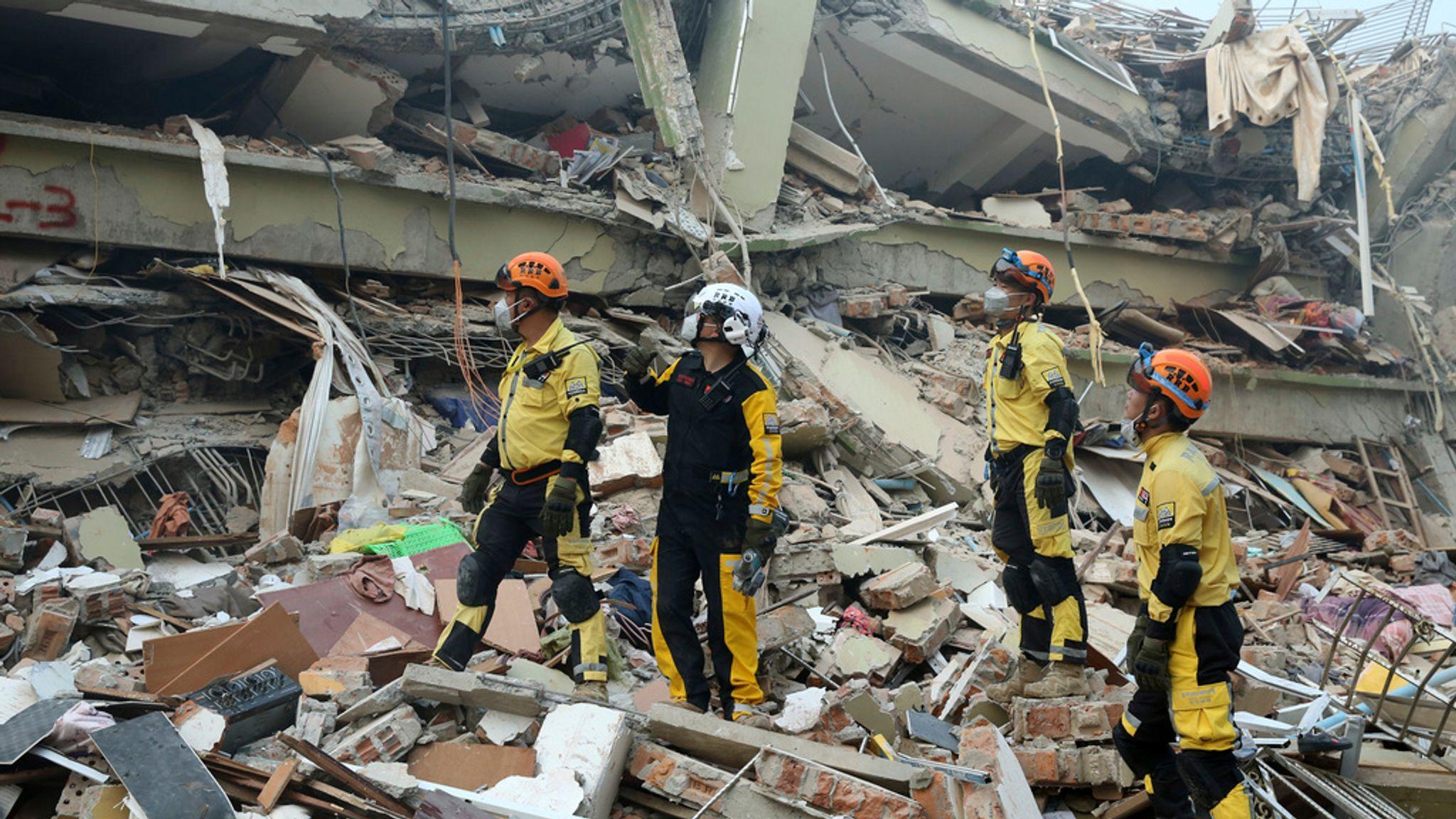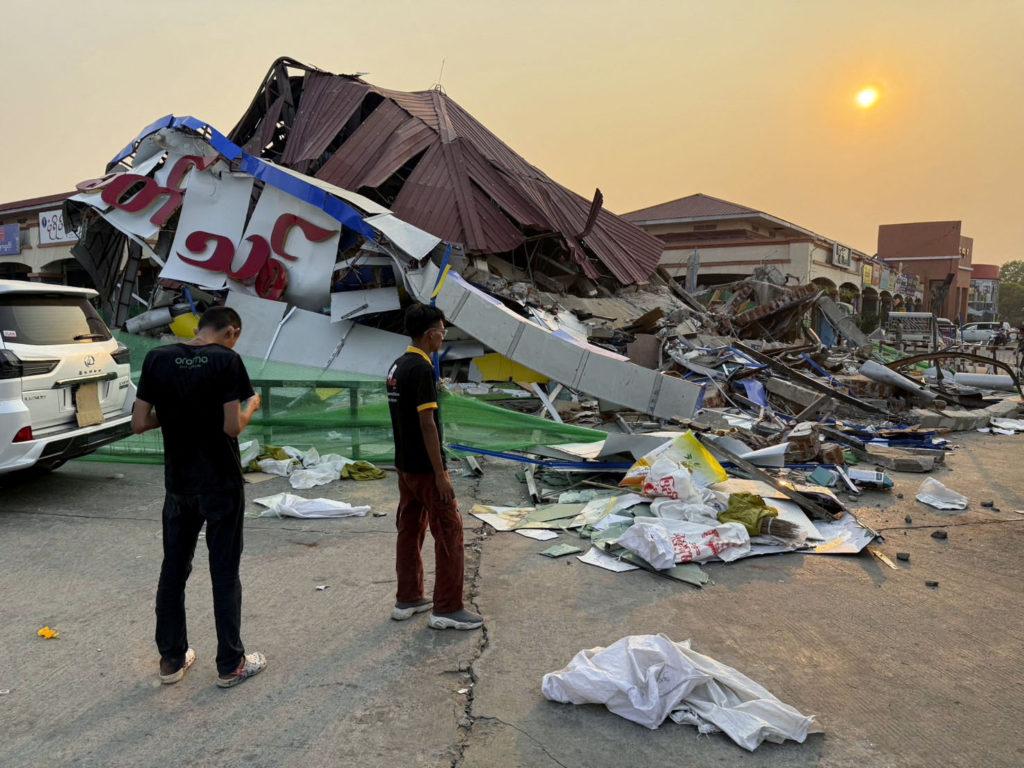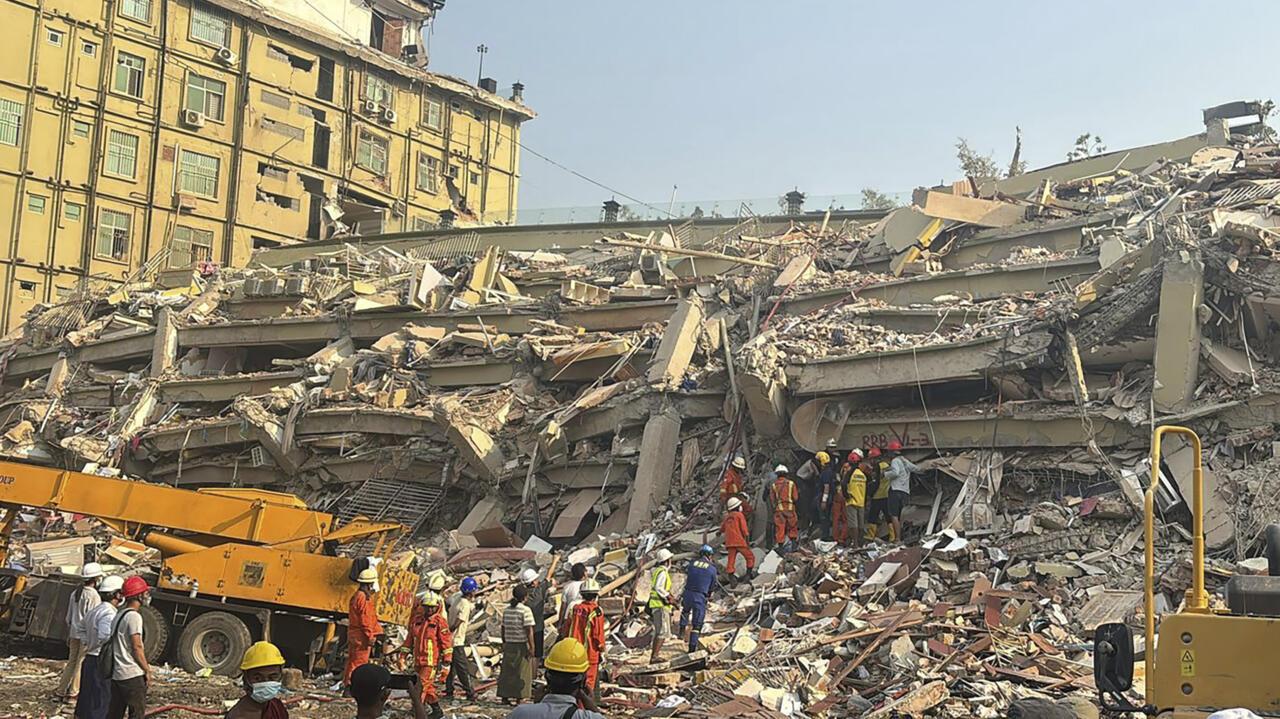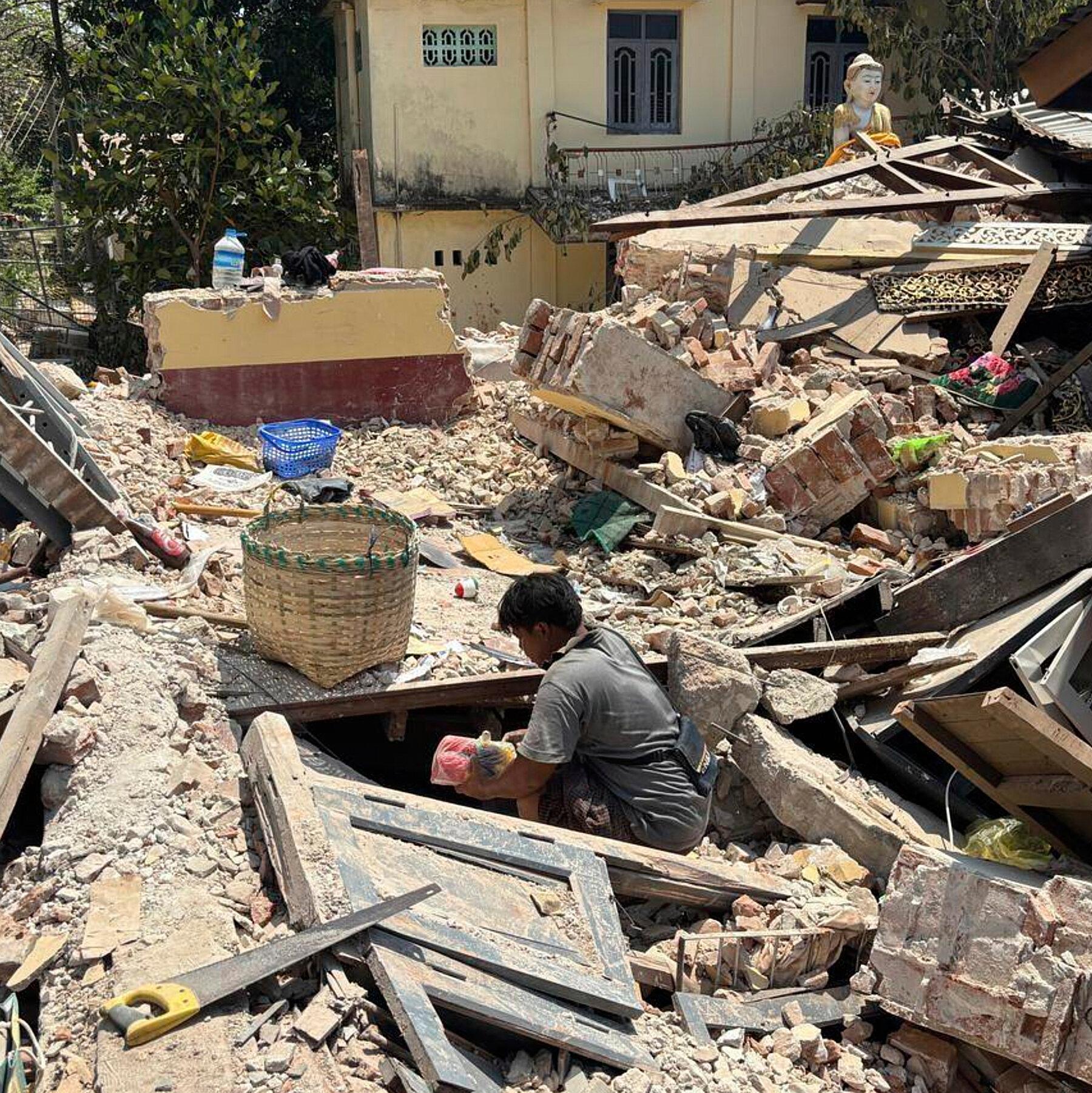Efforts Intensify as Rescue Teams Search for Myanmar Earthquake Survivors
As the search for survivors continues, the resilience and determination of rescue teams have become a focal point of the ongoing efforts in Myanmar. With specialized equipment and trained personnel from both local and international organizations, crews are working tirelessly to navigate the treacherous rubble left in the wake of the recent earthquake. with each hour that passes, the urgency intensifies, as family members anxiously await any news of their loved ones who remain unaccounted for. Efforts include:
- Use of drones to assess damage and locate trapped individuals.
- Collaboration with NGOs to provide medical assistance and supplies.
- Deployment of trained sniffer dogs to help locate survivors buried beneath debris.
Despite the heartbreak of discovering lost lives, each survivor pulled from the ruins fuels hope and determination among the rescuers. Recent updates reveal that several individuals have been successfully rescued, even days after the quake struck. Community members have rallied together, providing food and shelter for displaced families, illustrating the profound impact of this tragedy. However, as night falls, challenges mount; diminishing daylight and precarious conditions make recovery efforts increasingly dangerous. The combined teamwork of first responders, volunteers, and local residents is pivotal in navigating these challenges, demonstrating the spirit and solidarity of the affected communities.

Account of the Displaced: Living Conditions and Immediate Needs in Temporary Shelters
In the wake of the devastating earthquake, many survivors find themselves housed in makeshift shelters. These temporary accommodations, often overcrowded and lacking basic facilities, expose inhabitants to harsh conditions. Survivors have reported the need for essential resources, which include:
- Access to clean drinking water: Contaminated water sources have raised concerns about the potential for disease.
- Sanitation facilities: Insufficient access to toilets and hygiene products poses significant health risks.
- Nourishing food supplies: Families are struggling with limited food sources, leading to malnutrition, especially among children.
- Emergency medical care: The lack of immediate healthcare services for injuries and chronic conditions remains critical.
Moreover, psychological support is urgently needed as many individuals grapple with trauma and anxiety following the disaster. The emotional toll exacerbated by the loss of homes and loved ones has left many feeling isolated and vulnerable. As the situation develops, humanitarian organizations are focusing on delivering not only physical necessities but also mental health services, aiming to create a sustainable support system for the displaced population facing an uncertain future.

government Response and International Aid: Addressing Gaps in Relief Efforts
The devastation caused by the recent earthquake in Myanmar has triggered a swift response from both government and international agencies. Local authorities have mobilized emergency teams to search for survivors trapped beneath the debris, while providing immediate support to those displaced. Despite the efforts, significant gaps remain in the relief operations, particularly in remote areas where access is severely restricted. The government has announced plans to:
- Enhance coordination among various emergency response units to streamline rescue efforts.
- Expand access to affected regions by repairing damaged infrastructure.
- Increase funding for local disaster relief organizations that play a critical role in ongoing recovery efforts.
International aid agencies have also stepped in, offering essential assistance and expertise to bolster local recovery initiatives. The United nations and various non-governmental organizations are coordinating aid efforts, focusing on providing food, medical supplies, and temporary shelter to the displaced population. however, challenges remain, including logistical hurdles and the need for more extensive funding. key actions from the international community include:
- Deploying assessment teams to identify urgent needs in the worst-hit areas.
- Facilitating donations of essential goods and services to affected communities.
- Advocating for increased financial support from global donors to sustain long-term recovery efforts.

Long-Term Recovery Strategies: Building Resilience Against Future Disasters
In the wake of the recent earthquake in Myanmar, the urgent need for effective long-term recovery strategies has become painfully clear. Community resilience must be at the center of efforts to rebuild, ensuring that survivors are not just able to recover but are also equipped to face future disasters.This involves strategically investing in local infrastructures,such as schools and hospitals,to make them more earthquake-resistant,while also fostering a culture of preparedness among residents.Key initiatives could include:
- Education and Training: Implementing programs that educate communities about disaster preparedness and response,helping them to develop their own emergency plans.
- infrastructure Development: Collaborating with engineers and architects to design and construct buildings that can withstand seismic activities, thereby ensuring safety and functionality.
- Community-Led schemes: Encouraging local involvement in recovery efforts, giving residents a voice in rebuilding their neighborhoods and promoting social cohesion.
Furthermore, a concerted effort to establish comprehensive social support systems is vital. Initiatives to address mental health needs, offer financial assistance, and provide access to essential services can foster individual and collective resilience. Key elements of a robust recovery framework may include:
- Psychosocial Support: Creating accessible counseling services to assist those who have experienced trauma, enabling emotional recovery.
- Economic Recovery Programs: Developing job training and small business grants to help individuals regain financial stability.
- Partnerships with NGOs: Leveraging the expertise of non-governmental organizations to enhance resource allocation and support in recovery initiatives.
